Chickweed
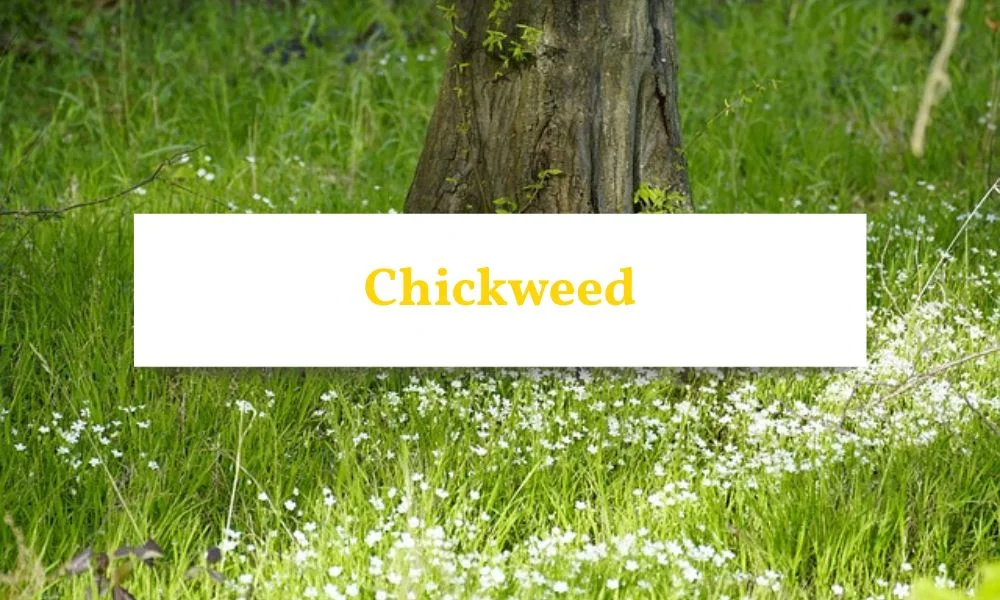
What Is Chickweed?
Chickweed (Stellaria media) is a common annual broadleaf weed that grows low to the ground with slender, sprawling stems. It is often found in lawns, gardens, pastures, and cultivated fields, thriving especially in cool, moist conditions. Chickweed spreads quickly, forming dense mats that can crowd out desirable plants.
Characteristics of Chickweed
-
Appearance: Chickweed has smooth, oval-shaped leaves arranged opposite each other on the stem. The stems are round in cross-section and feature a distinctive single line of fine white hairs running along one side, which helps in identification.
-
Leaves: The leaves are light green, hairless, and taper to a pointed tip, typically 1 to 3 cm long.
-
Flowers: Small white flowers with five deeply notched petals give the appearance of ten petals. These star-shaped flowers bloom throughout the growing season.
-
Growth Habit: Chickweed grows prostrate, sending out stems that root at the nodes, allowing it to spread rapidly and form thick patches.
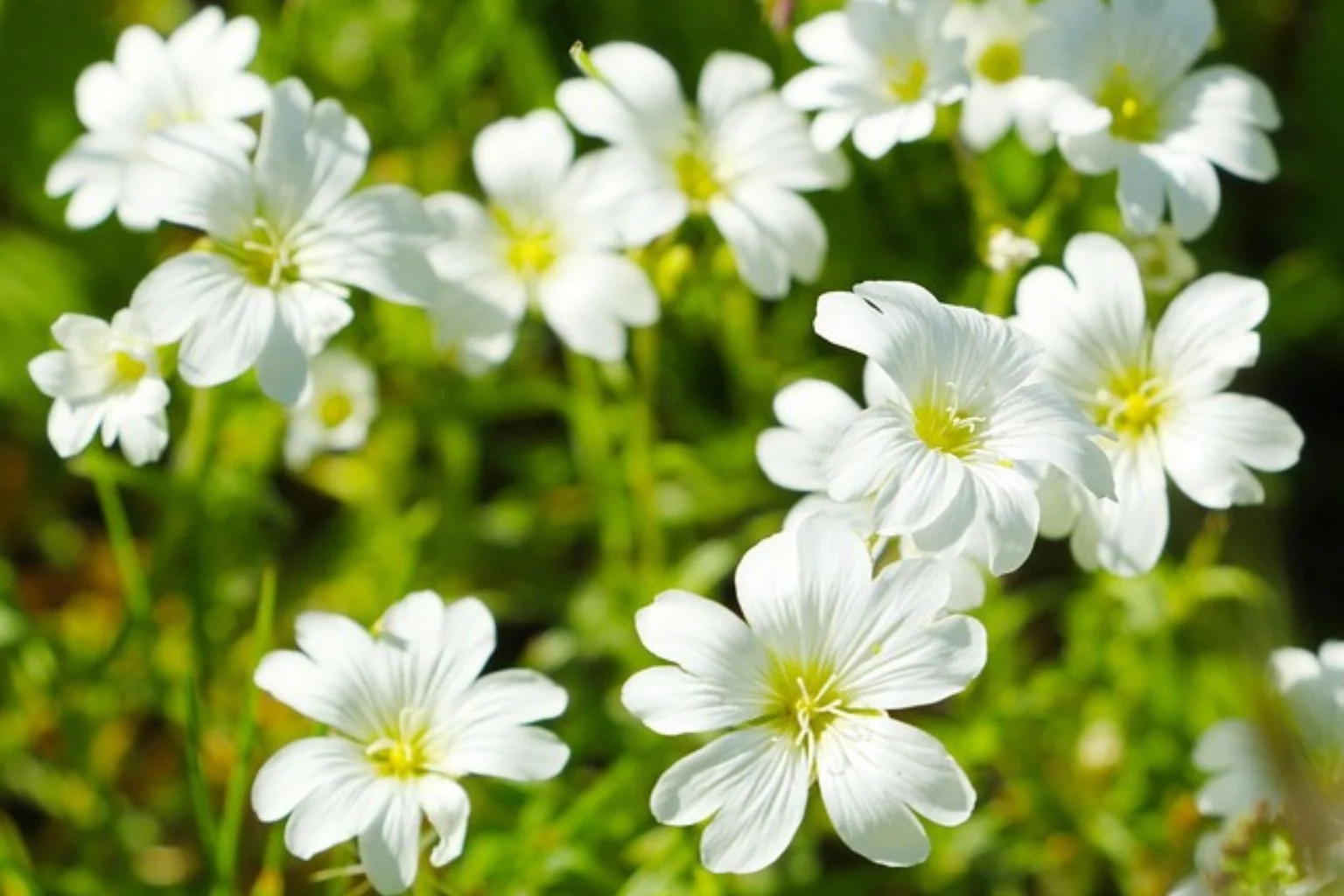
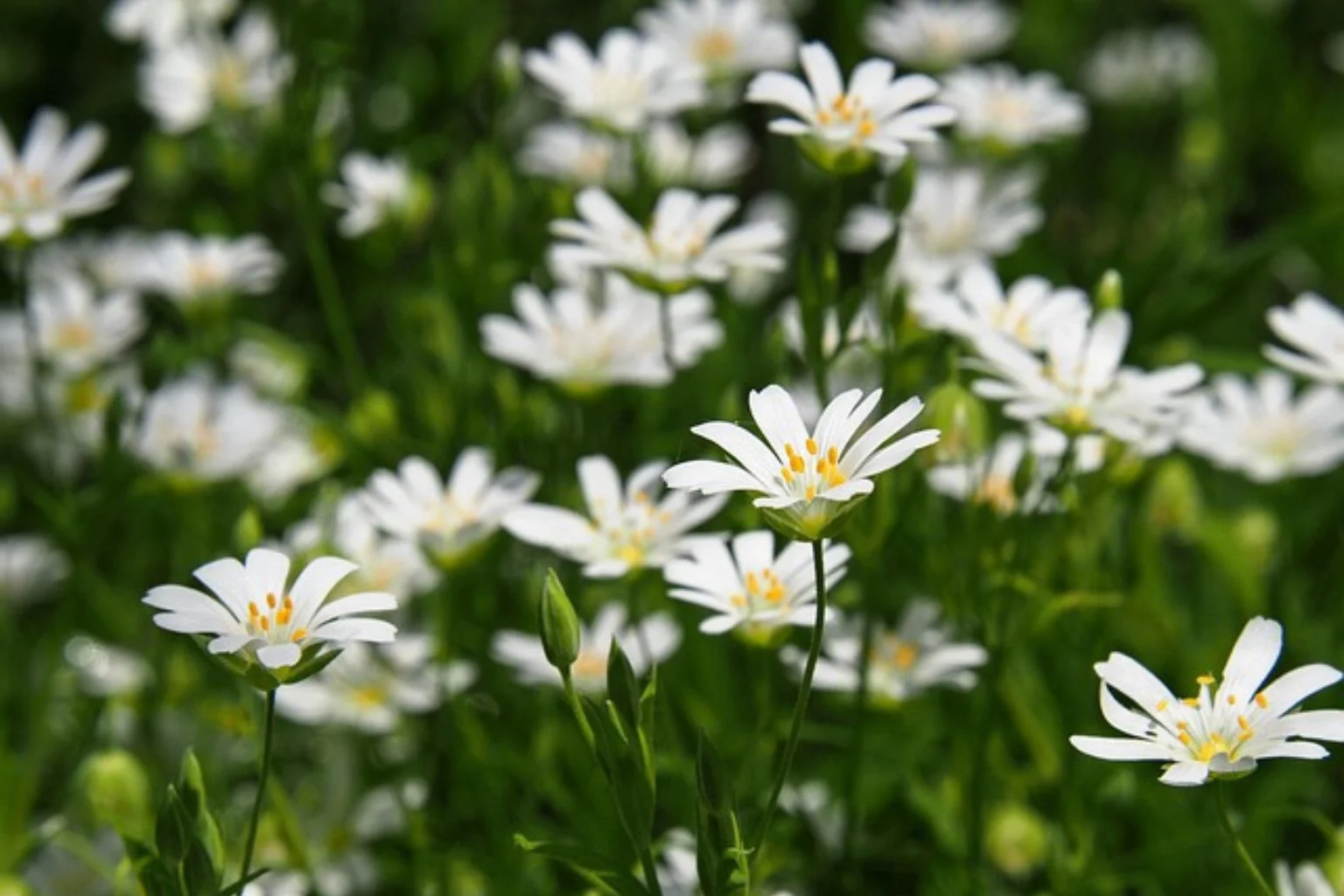
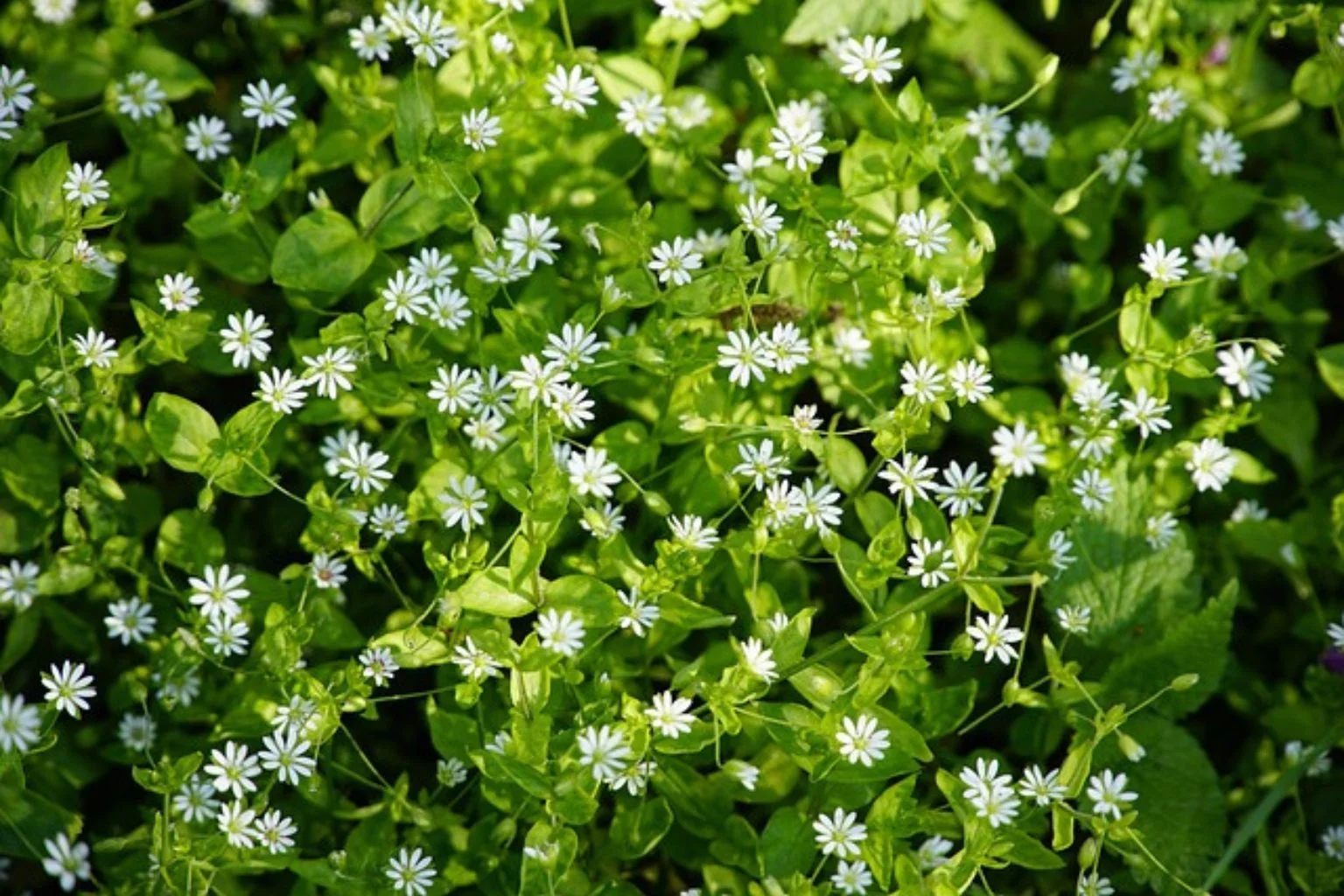
Why Is It A Problem?
Chickweed is problematic because it competes aggressively with lawn grasses, garden plants, and crops for nutrients, water, and light. Its dense growth can smother other plants, reducing their health and productivity. Additionally, chickweed thrives in moist, shaded areas, making it difficult to control in many environments.
Chickweed Environmental Impact
-
Competition: This weed can outcompete native plants and desirable garden species, reducing biodiversity.
-
Habitat Alteration: Dense mats of chickweed can alter soil conditions and microhabitats, affecting other organisms.
Agricultural and Pastoral Impact
-
Crop Competition: This weed reduces crop yields by competing for resources, especially in no-till and small grain fields.
-
Pasture Quality: It can reduce pasture quality by crowding out preferred forage species.
How to Identify Chickweed
Chickweed is identified by its low-growing, sprawling habit, opposite oval leaves, and the unique single line of fine hairs on one side of the stem. Its small white flowers with deeply notched petals resemble stars and bloom throughout the growing season. When crushed, the leaves feel soft and succulent.
Effective Methods
Chickweed Elimination
Total chickweed elimination needs a combination of cultural, mechanical, and chemical control methods to be effective.
Cultural Practices
-
Maintain Healthy Lawns: Fertilise and water lawns properly to encourage dense grass growth, which can outcompete chickweed.
-
Improve Drainage: Reduce soil moisture in problem areas, as chickweed prefers damp conditions.
-
Mowing: Regular mowing helps prevent chickweed from flowering and setting seed.
Mechanical Control
-
Hand-Pulling: For small infestations, chickweed can be pulled out by hand, ensuring roots are removed to prevent regrowth.
-
Raking and Cultivation: Light cultivation can disrupt seedlings and reduce chickweed establishment.
Chemical Control
-
Selective Herbicides: Use broadleaf herbicides that target chickweed without harming grasses. Products containing 2,4-D, MCPA, or dicamba are commonly effective. one of the best example of these product is the Amgrow Kleen Lawn Selective Herbicide.
-
Pre-Emergent Herbicides: These can prevent weed seeds from germinating when applied before weed emergence. As a result, you’ll have a successful chickweed elimination.
Natural Remedies
-
Mulching: Applying mulch in garden beds can suppress chickweed by blocking sunlight.
-
Boiling Water or Vinegar: Spot treatments with boiling water or vinegar solutions can kill small patches, though care must be taken to avoid damaging nearby plants.





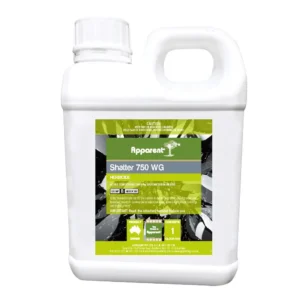
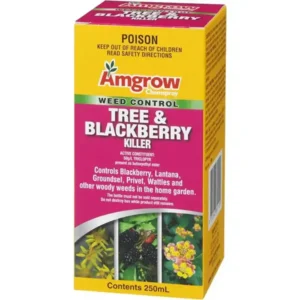
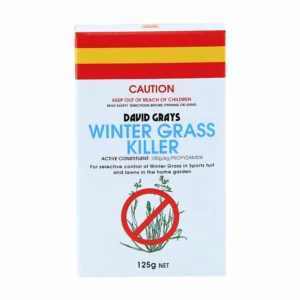
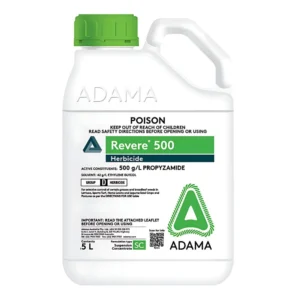
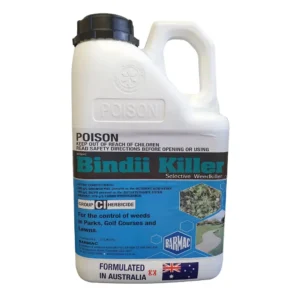
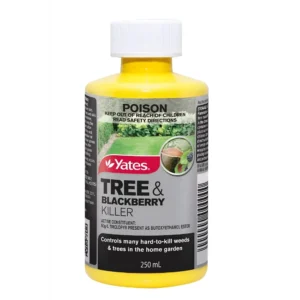
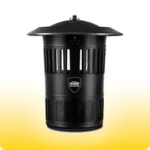 Mosquito Traps
Mosquito Traps